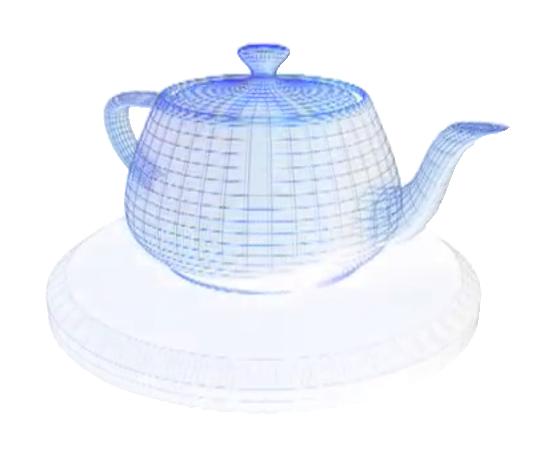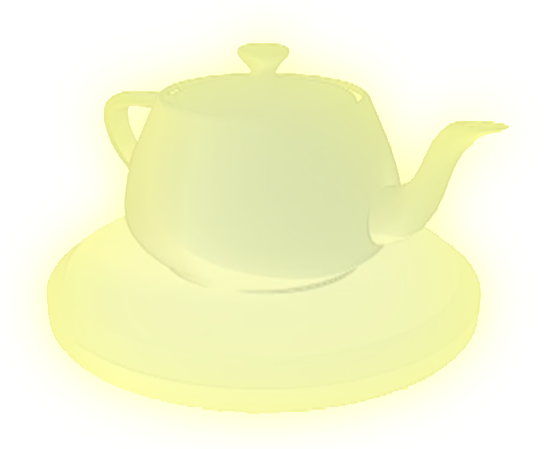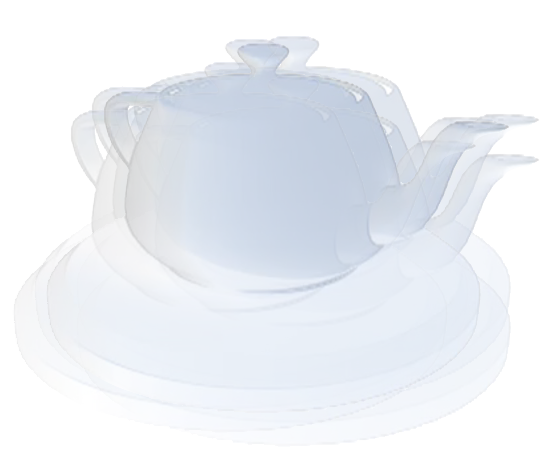|
Wizard Vision
Any time a wizard exerts his or her power, the Vision kicks in. It is possible to turn on one's vision by itself, but it is not possible to use actual magic without the Vision turning on. Tricks do not necessarily turn the vision on, but you can turn on your vision yourself while perforrming a trick.
For the recently converted wizard, it is often best and easiest to keep one's eyes closed while the Vision is on. The Vision is not a function of the eyes themselves. It is an image placed directly in the mind of the wizard. It is also much more detailed and specific as regards perceiving actual spatial relationships. For this reason, if the eyes are open at the same time, the wizard's mind will often get confused, uncertain what to actually focus on. This can lead to disorientation, vertigo and a complete loss of balance.
Interestingly enough, while a wizard's vision appears to be presented in grayscale, without any visible colors, the wizard is still able to perceive an intuitive sense of the colors that are being represented.
Another interesting fact is that, when a wizard decides to focus on one specific object, they are able to manipulate that image in their mind for a more detailed perception without either approaching the object or changing his or her line of sight to the object.
The only known way of blocking a wizard's vision involves placing an object in the way that is being manipulated by a wizard already. However, it will only block one specific layer of vision. ThickHead magic blocks the perception of forms, GreenThumb magic blocks the perception of Essence and so on.
There are three known layers of the Vision: Form, Essence and Platonics. Each wizard type has a specific range of this vision that they are allowed to see.
 | |
| Form layer of the Vision - ThickHead vision |
ThickHead - Form
The form layer is often considered the lowest layer of the Vision, primarily because it is the one layer that every wizard has access to. However, only ThickHeads have the access to directly manipulate form. GreenThumbs can change the shape of an object but only inasmuch as they are allowed to access and manipulate its essence.
Access to the form of an object, however, means much more than merely changing its shape. Mass, crystaline structure, tensile strength, density. These are all aspects that are within the ThickHead's realm of influence.
Many feel that the main reason why all wizards are able to see form, despite not being able to actually affect it, is that they need to be able to see the result of their efforts within the physical framework around them. However, this would imply some directing force behind the use of magic, and there are other wizards who simply see this as a fortunate benifit but not a purposeful design.
| [roll mouse over image] |
| Essence layer of the Vision |
GreenThumb - Essence
The Essence is alternately referred to as "Energy" or even "Soul". While these two terms have some bearing on the concept of the essence layer, the term Essence is widely considered to be more acurate and helpful.
The only wizard that is unable to see this layer is the ThickHead. However, while Epistemists are able to see essences, only GreenThumbs are able to actually manipulate them.
Not all essences appear the same, however. They do not differ in colors, since there is no explicit color in the Vision anyway. However, if a GreenThumb were to look at a statue or even a dead body, they would see a shining essence in the shape of that body. But when they look at a living, breathing human body, the essence they see actually gives off an internal glow. This glow is also found around energy sources such as electricity or fire.
When looking at an object that has been animated by a GreenThumb, the essence does not give off a glow, since the object has not actually been imbued with life. However, one can see a series of pulsations running throughout the object, shining through the essence.
[roll mouse over image] | |
| Platonic layer of the Vision |
Epistemist - Platonics
The Epistemist vision tends to be the hardest one to describe to those who have no direct experience with it. The best approach to understanding it starts with Plato's concept of ideal forms.
Every object we see in this world is associated with untold platonic forms. Take a chair for instance. Every chair is associated with the platonic concept of "Chair" or what it is exactly to be a chair: the idea that it is a place where one may sit. But that is about the only thing that they all have in common. The materials used to make each chair differs from chair to chair. The number of legs, the height of the back, whether there even is a back, these are just some of the details that change from chair to chair. But no matter how much changes with each chair, in order to be considered a chair, it has to include an association with the platonic ideal of "Chair".
While one chair will have the platonic properties of "Chair", "Wood", "Red", "Flexible", and such, another chair may have properties such as "Chair", "Metal", "Heavy", "Black", "Wheels", and so forth. Some platonic concepts are much more abstract than others, but just about anything you can use to describe an object or concept is present in the platonic forms an Epistemist can see.
Every platonic ideal is visible in an Epistemist's sight. They are not even aware of the vast majority of them. Only the most obvious platonic associations are visible at first glance. Each Epistemist must train his or her self to discern the specific traits that they are seeking. As such, Epistemists have a strong tendency to specialize more than the other wizard types. While one Epistemist may emphasize recognizing the details of the various experiments they run, another may emphasize recognizing the literary values of the item they are reading.
| 










